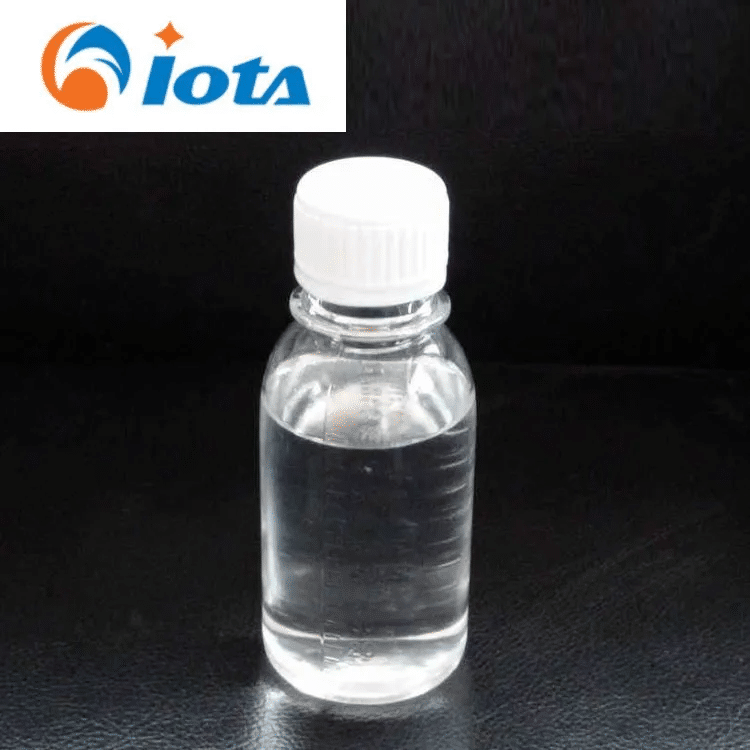Reported in Shenzhen on September 12, 2025
At the 2025 China International Adhesive Exhibition, disruptive technologies have revealed the evolutionary direction of organic silicon materials: from micro molecular structure regulation to macro application scenario innovation, China's organic silicon industry is breaking through traditional boundaries and reshaping the material science landscape.

Molecular Engineering: Cracking the 'Impossible Triangle'
Traditional silicone materials are difficult to meet the requirements of high strength, high elasticity, and high temperature resistance simultaneously, and this "impossible triangle" has been broken by the "gradient crosslinking technology" developed by a certain enterprise. By introducing dynamic covalent bonds into the siloxane backbone, the new material can maintain a tensile strength of 8MPa at a high temperature of 200 ℃, while achieving a fracture elongation of 300%. This technology has been applied to aviation engine seals, extending the maintenance cycle from 500 hours to 3000 hours.
More cutting-edge is the application of quantum computing in molecular design. A laboratory used quantum computers to simulate the reaction pathway of silicon hydride addition, shortening the development cycle of a new type of silane from 3 years to 8 months. The low dielectric constant silicone resin developed based on this technology has passed Huawei 5G base station certification, with a loss tangent value as low as 0.002, reaching the international leading level.
3D Printing: Refactoring the Manufacturing Paradigm
At the exhibition site, a UV cured 3D printer is manufacturing silicone heat sinks with complex flow channels. This technology breaks through the limitations of traditional mold manufacturing and can achieve the integration of micrometer level precision and millimeter level channels. We have developed over 20 types of photosensitive silicone resins, covering the full range of Shore hardness from A10 to D80. ”The technical director of a certain enterprise introduced that its 3D printed silicone products have entered high-end fields such as medical endoscopes and AR glasses, and the cost per piece has been reduced by 60% compared to traditional processes.
Even more revolutionary is the Direct Ink Writing (DIW) technology. The conductive silicone ink developed by a certain team can print 3D interconnect structures on flexible circuit boards with a resistivity as low as 10 ^ -4 Ω· cm. This technology increases the sensor integration of wearable devices by 10 times, and related products are expected to be launched in 2026.
Biological Fusion: Opening up Trillion Market
The cross innovation of organosilicon and biotechnology is giving rise to new industries. The "silicon algae composite material" developed by a certain enterprise increases photosynthetic efficiency by 40% by embedding silicon nanoparticles into microalgae cell walls. This material can be used in artificial photosynthesis systems to convert carbon dioxide into organic silicon precursors, forming a "carbon capture material synthesis" loop.
In the medical field, biodegradable silicone stents have entered the stage of human clinical trials. This stent made of polylactic acid siloxane copolymer can completely degrade within 6-12 months, avoiding the risk of secondary surgery of traditional metal stents. Preliminary data shows that its restenosis rate in the treatment of coronary artery stenosis is only 3.2%, much lower than the 15% of metal stents.
